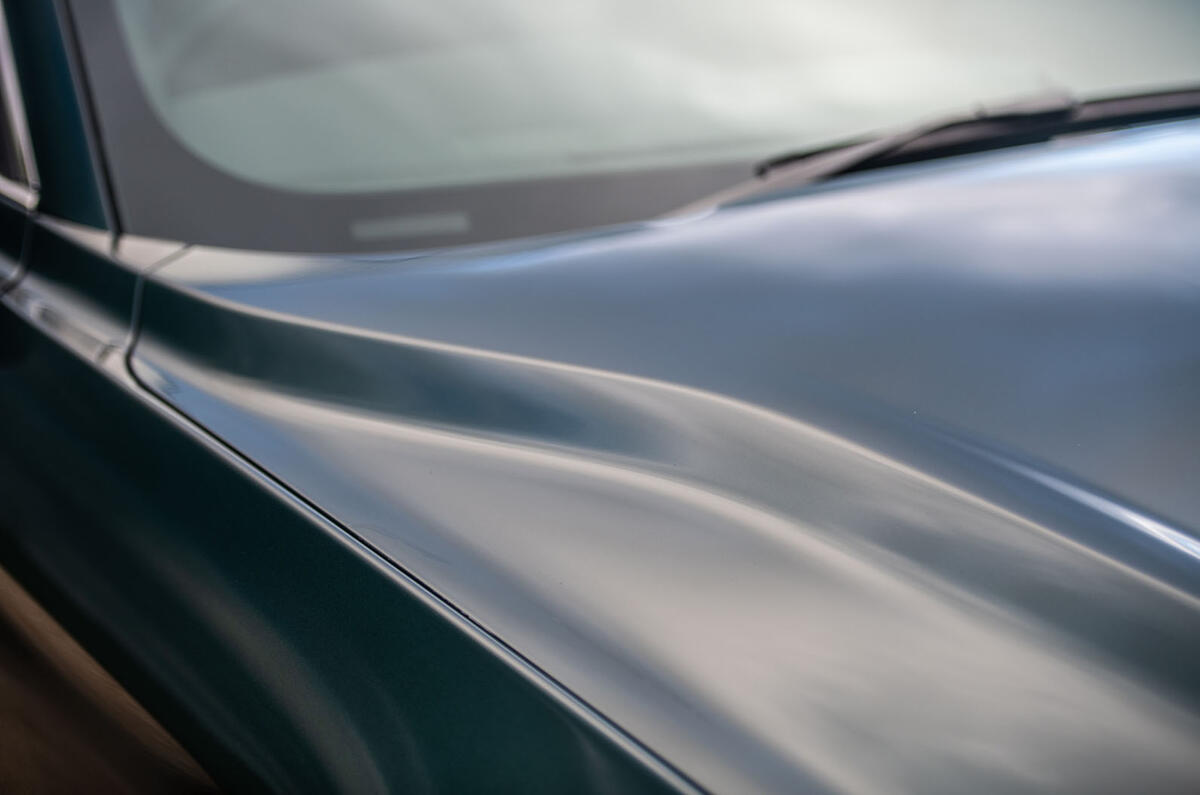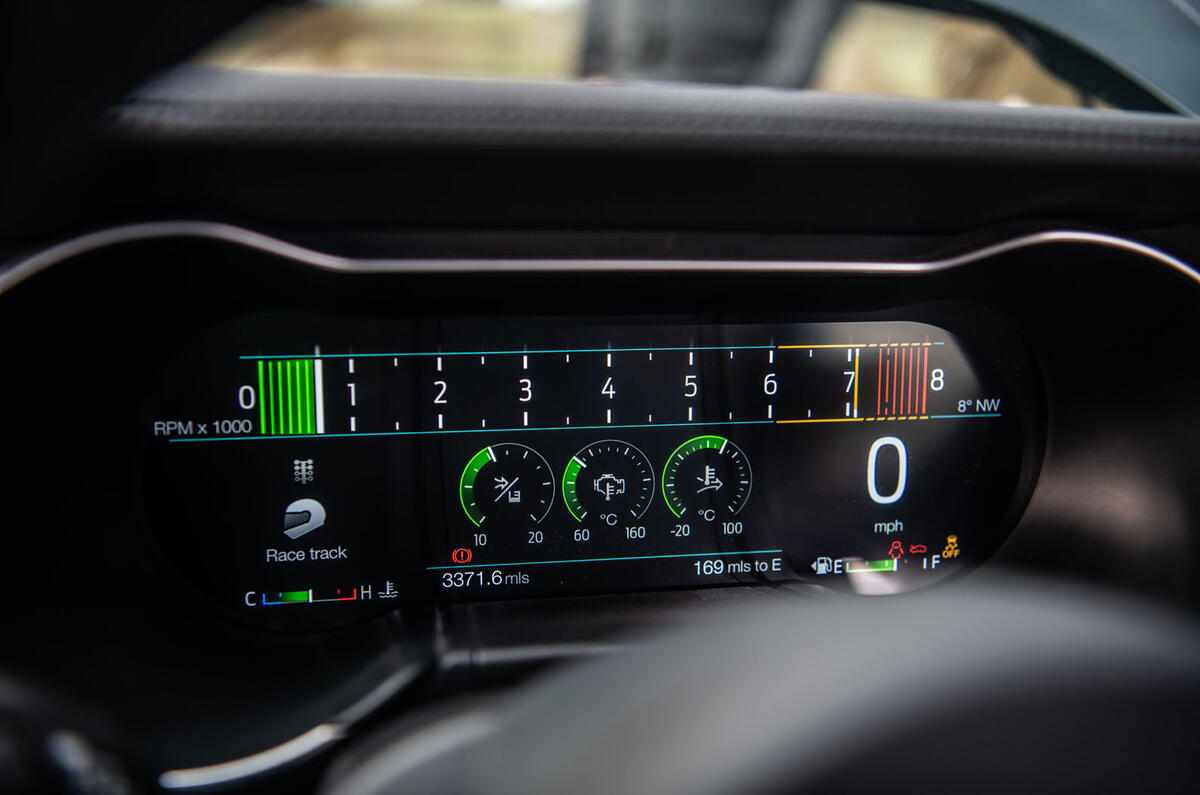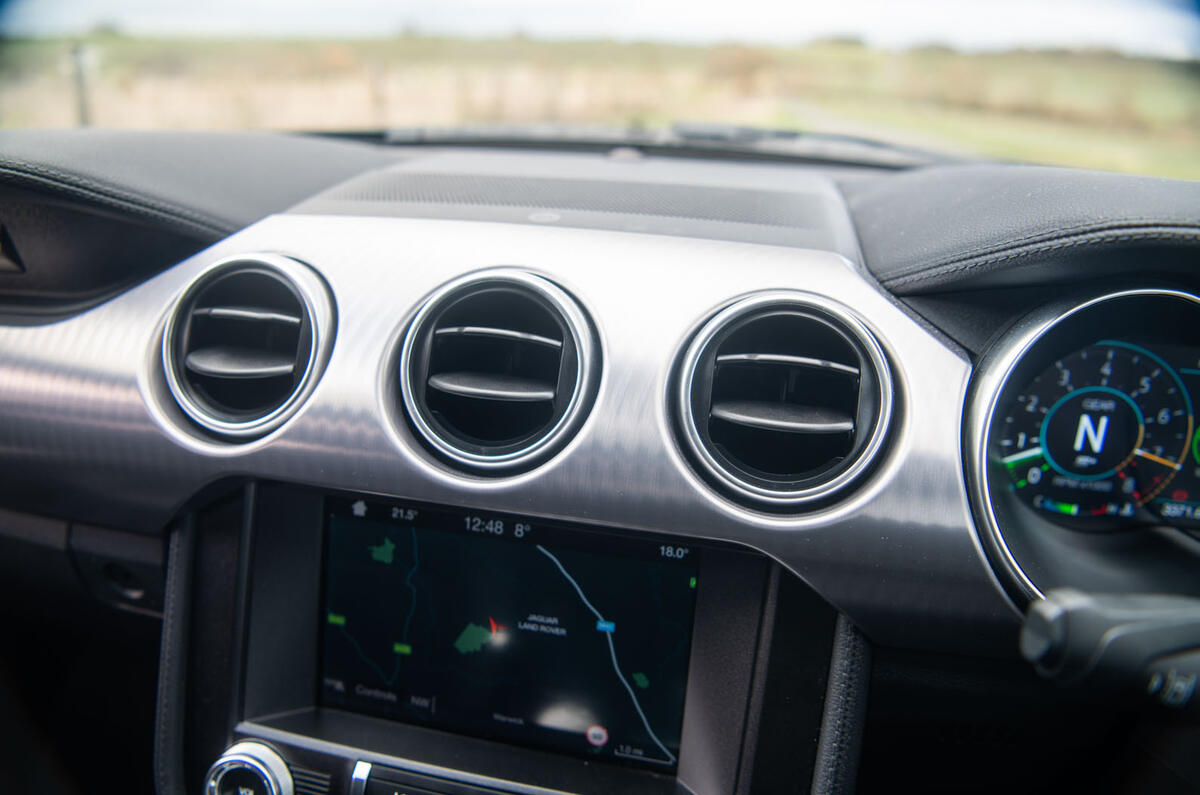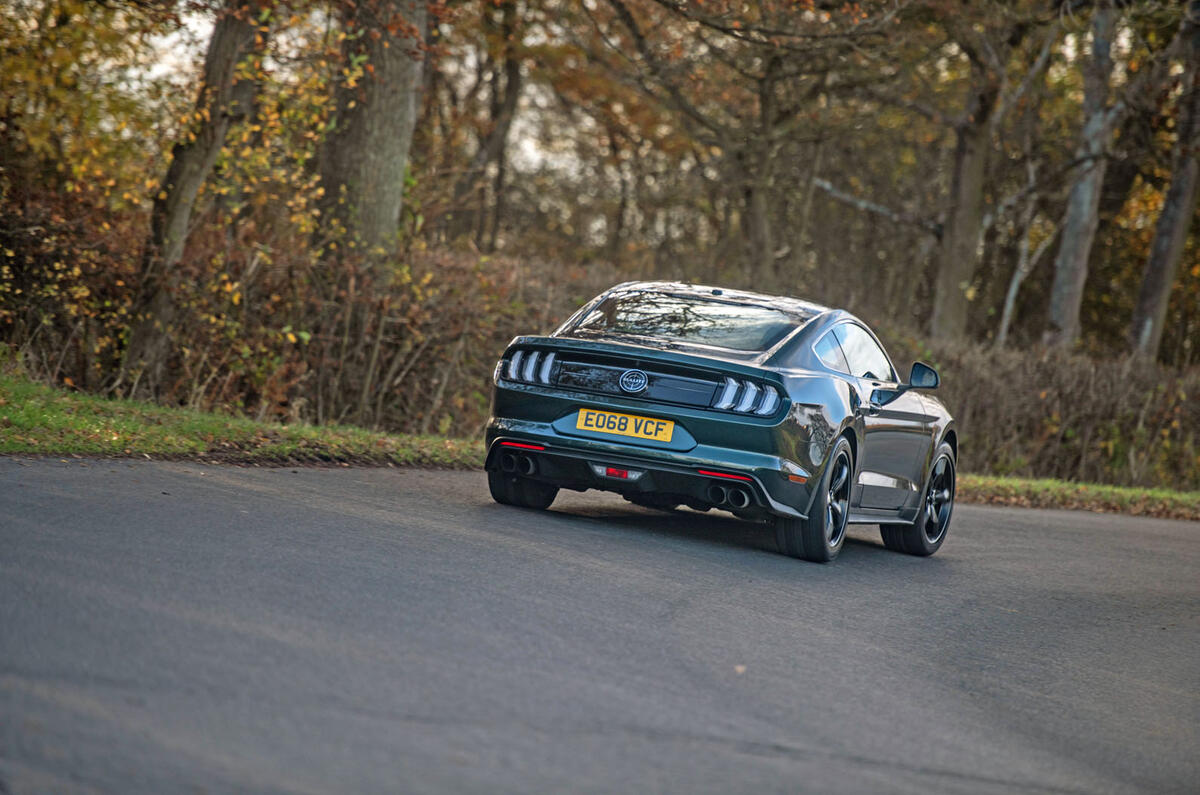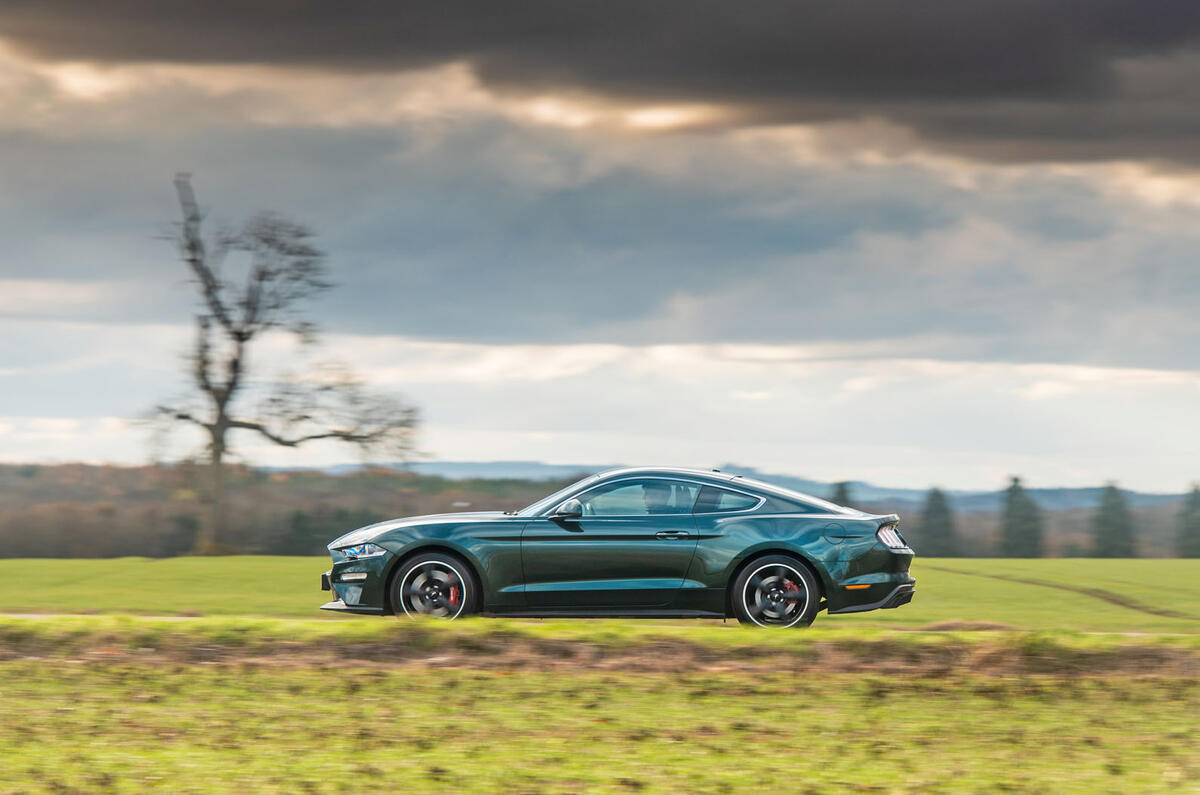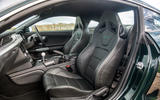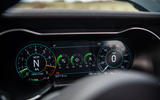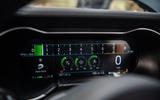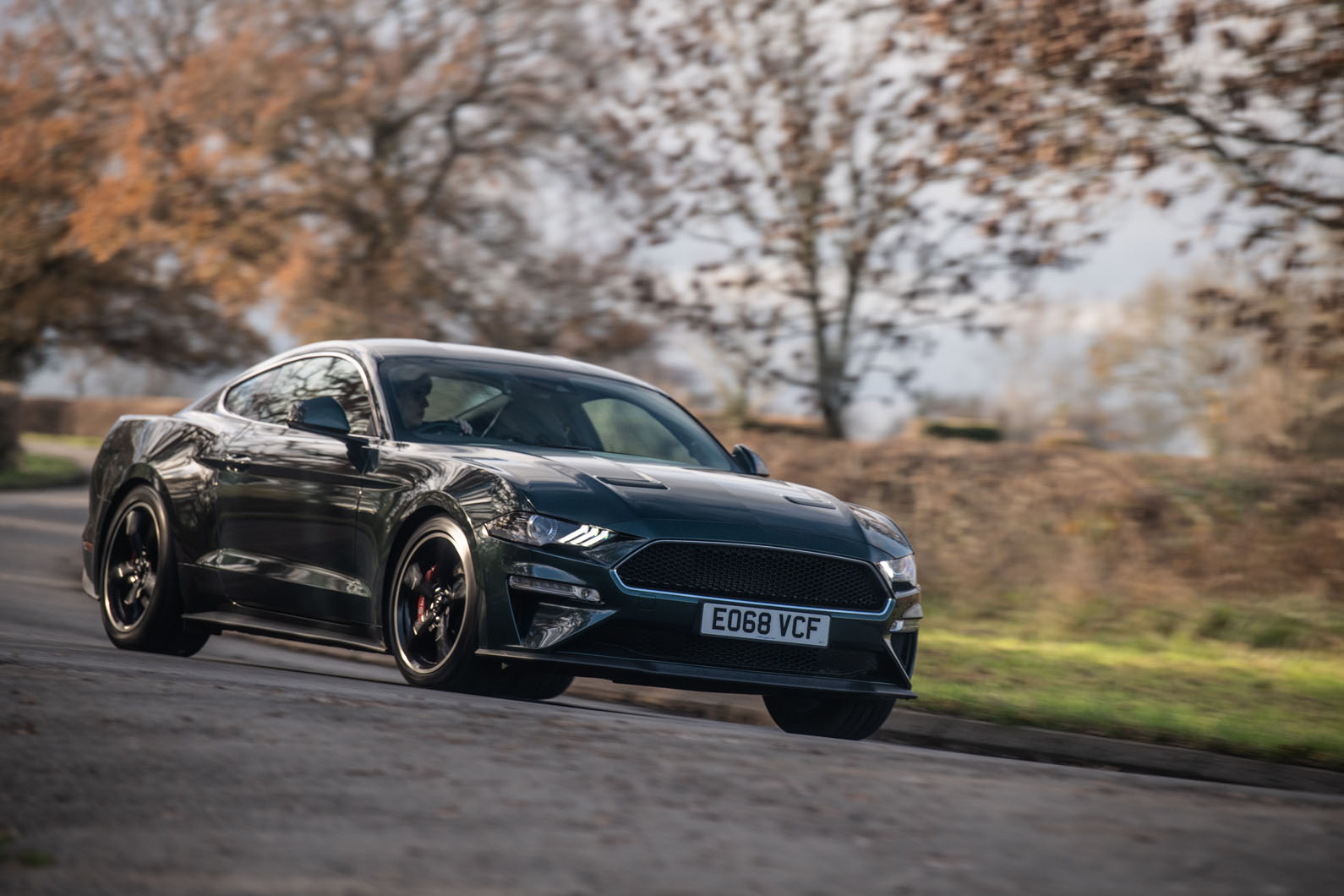Three years after it began, Ford’s great European sales experiment with its sixth-generation Ford Mustang muscle car is still going strong.
Having introduced the car in the spring of 2015, Ford has now officially registered a little over 40,000 Mustangs on our side of the pond – in the same timeframe and territory in which about 75,000 Audi TTs were registered, along with about 50,000 Porsche 911s and 35,000 Mazda MX5s.
That’s not a bad little gaggle of sporting icons for the Mustang to get in among, in volume terms. And this year’s sales figures will be boosted by the first Ford Mustang mid-cycle facelift that the car has had since its European introduction.
This has brought notably sharpened styling; an upgraded interior; a dab of extra performance; a new choice of gearboxes; revised and retuned suspension; and a list of added active safety and convenience features.
There’s also a new headline act for the Mustang line, at least as far as European sales are concerned: the subject of this week’s road test, the special-edition Ford Mustang Bullitt.
There have been Bullitt Mustang specials before, in 2001 and 2008 – and, like both of its forebears, the shtick of this new one is to play on the cult movie cachet generated for the Mustang by Peter Yates’ 1968 cinema classic of the same name. But this Bullitt ’Stang is special, Ford says, because it has been created to mark the 50th anniversary of that much-celebrated car-chase film – and it’s also the first that we Brits have easily been able to get our hands on. So read on to find out how special they mean.










